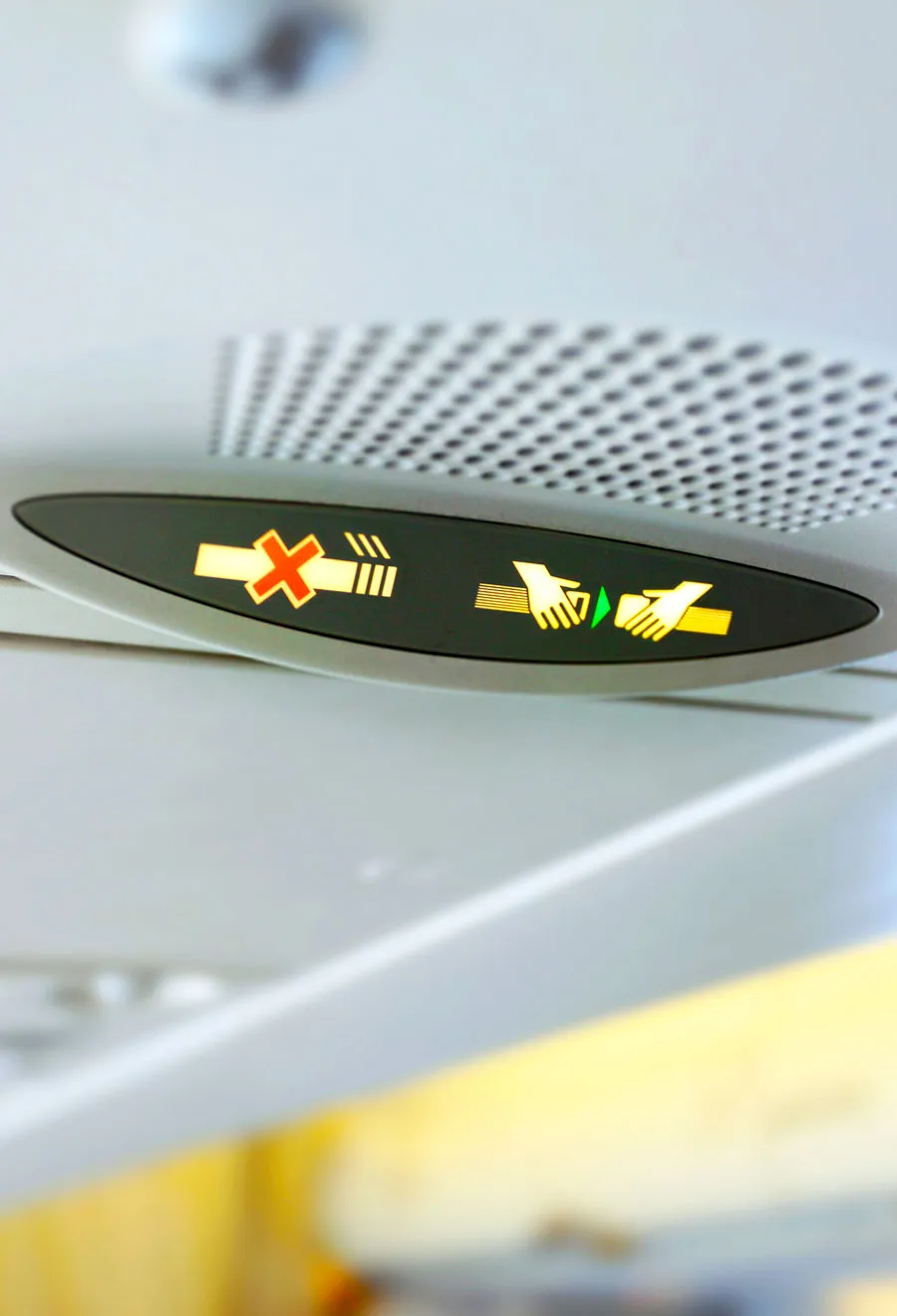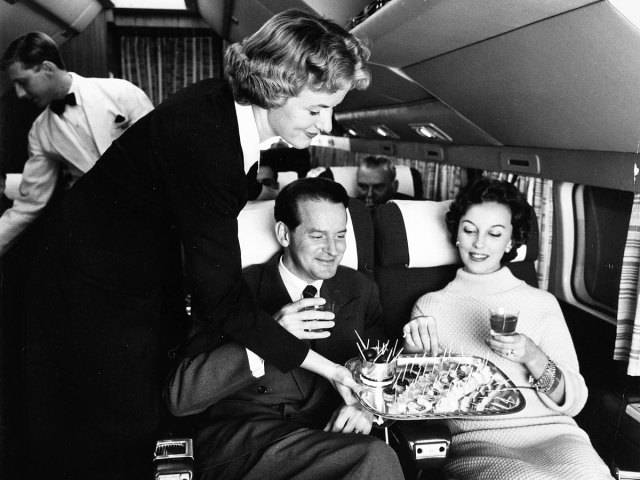The first bans on in-flight smoking in the U.S. popped up in 1987, and by 2000, smoking was fully banned on all U.S. commercial flights. But back in the day, travelers commonly lit up during flights, and “no smoking” signs were essential for letting those flyers know when it was permitted to do so. Given that smoking has been banned on airplanes in the U.S. for over two decades, you might wonder why these illuminated warning signs still exist. But “no smoking” signs on airplanes continue to serve a practical purpose in various ways — here’s a closer look.
A Helpful Reminder
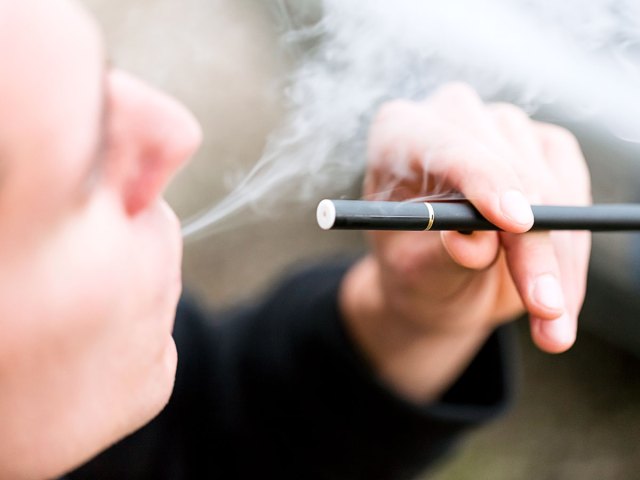
It may be hard to believe that people try to smoke on airplanes today. But in a 2024 interview with The New York Times, retired flight attendant Patty Young confirmed that “people still try to smoke on the airplane,” despite the fact that it’s a safety risk and subjects other people to secondhand smoke. In addition to smoke-producing products, there has been a rise in the use of e-cigarettes and vapes, which have been banned aboard planes since 2016.
Whatever the reason may be for a passenger attempting to light up on a plane, the “no smoking” signs exist to remind everyone of the rules, just as they’ve done since day one. In a 2024 statement, the Department of Transportation said that these signs “continue to be an effective reminder for the traveling public” — so don’t expect to see them disappear from planes anytime soon.
FAA Regulations
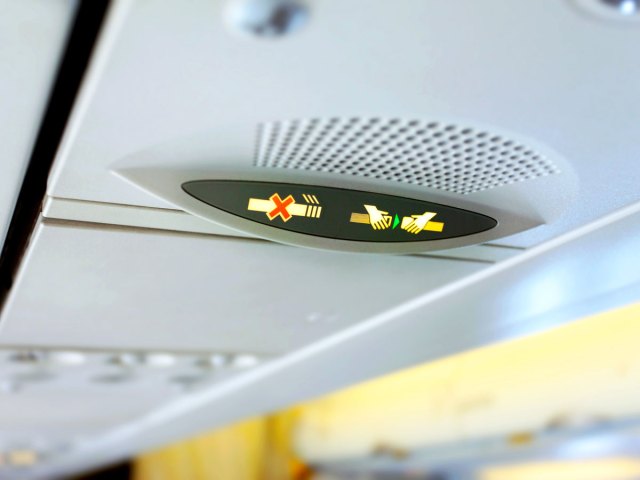
But perhaps the simplest explanation for the continued existence of “no smoking” signs is that the Federal Aviation Administration (FAA) — like other international aviation regulatory bodies — requires them for safety reasons.
Interestingly, the agency made a subtle tweak to its regulations in late 2024, following an incident earlier that year involving United Airlines temporarily grounding its newly delivered Airbus A321neo planes because the “no smoking” signs couldn’t be switched on or off. Previous FAA rules, enacted in 1990, required that flight crews must be able to manually adjust these signs in order for an aircraft to be airworthy, unless the agency approves an exemption (which United hadn’t requested for that specific aircraft). In response, the FAA updated the obsolete requirement; now, “no smoking” signs on aircraft can stay permanently illuminated.
Protection Against Legal Issues
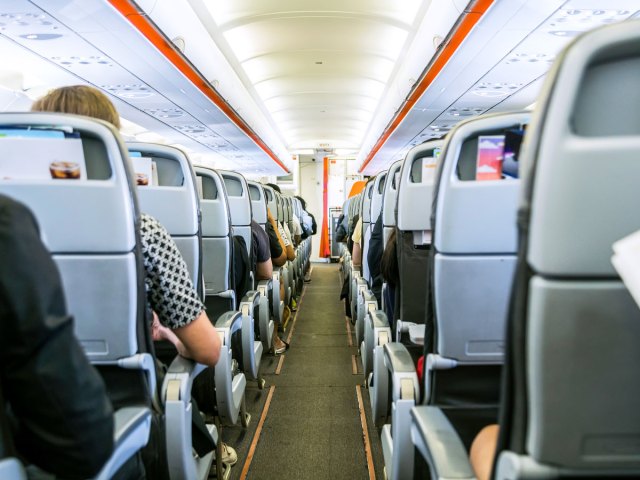
In a 2024 interview with Thrillist, travel expert Maddi Bourgerie stated that “no smoking” signs also protect airlines against potential legal issues. Theoretically, if the signs didn’t exist, an unruly passenger could light up a cigarette and point to the lack of a “no smoking” sign as a reason why they felt they could. By having signs that are clearly visible and illuminated, the airlines can cover their bases legally if a smoking-related incident occurs on the aircraft.
What About Lavatory Ashtrays?
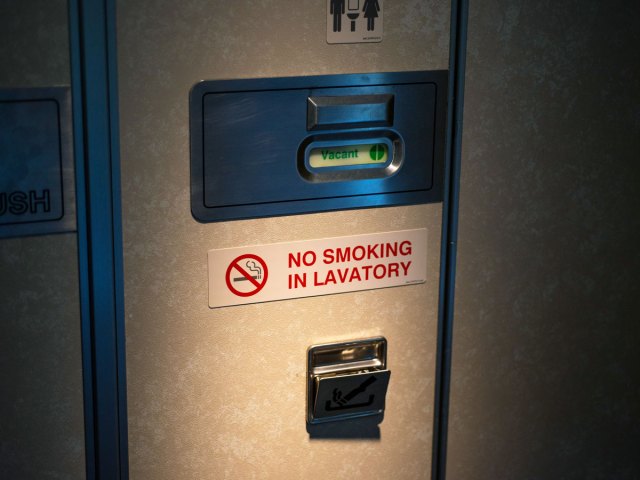
Given the long-standing ban on in-flight smoking, you may also be wondering why airplane lavatories are still equipped with ashtrays. The Federal Aviation Administration mandates that flights have an ashtray in the bathroom for safety reasons. It’s essentially a backup plan in case a passenger decides to smoke anyway — which often happens in the lavatories to avoid being caught.
If these receptacles didn’t exist, that person would be forced to throw the cigarette butt into the garbage, which is filled with flammable materials that could easily start a fire in the airplane cabin. According to the official regulation, ashtrays in lavatories “must be fully enclosed, constructed of at least fire-resistant materials, and must contain fires likely to occur in it under normal use.”
Exceptions and Penalties
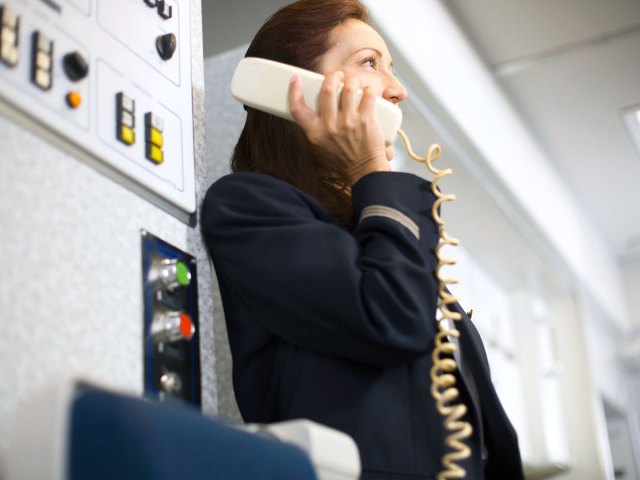
Outside of the world of commercial aviation, certain private jet operators allow passengers to smoke. In these instances, the “no smoking” sign will be turned on and off by the crew. Typically, smoking is prohibited during riskier parts of the trip such as takeoff, landing, and when there’s turbulence. This allows the crew to focus on proper safety procedures instead of any potential risks associated with in-flight smoking.
On commercial flights, U.S. Congress has authorized the FAA to levy a fine of up to $25,000 for unruly passenger incidents or disobeying crewmember instructions, which includes smoking on planes. However, according to findings from USA Today, the fines that are actually levied are typically far lower than the maximum, from as little as $50 to around $500 per violation.
More from our network
Daily Passport is part of Inbox Studio, which publishes content that uplifts, informs, and inspires.






